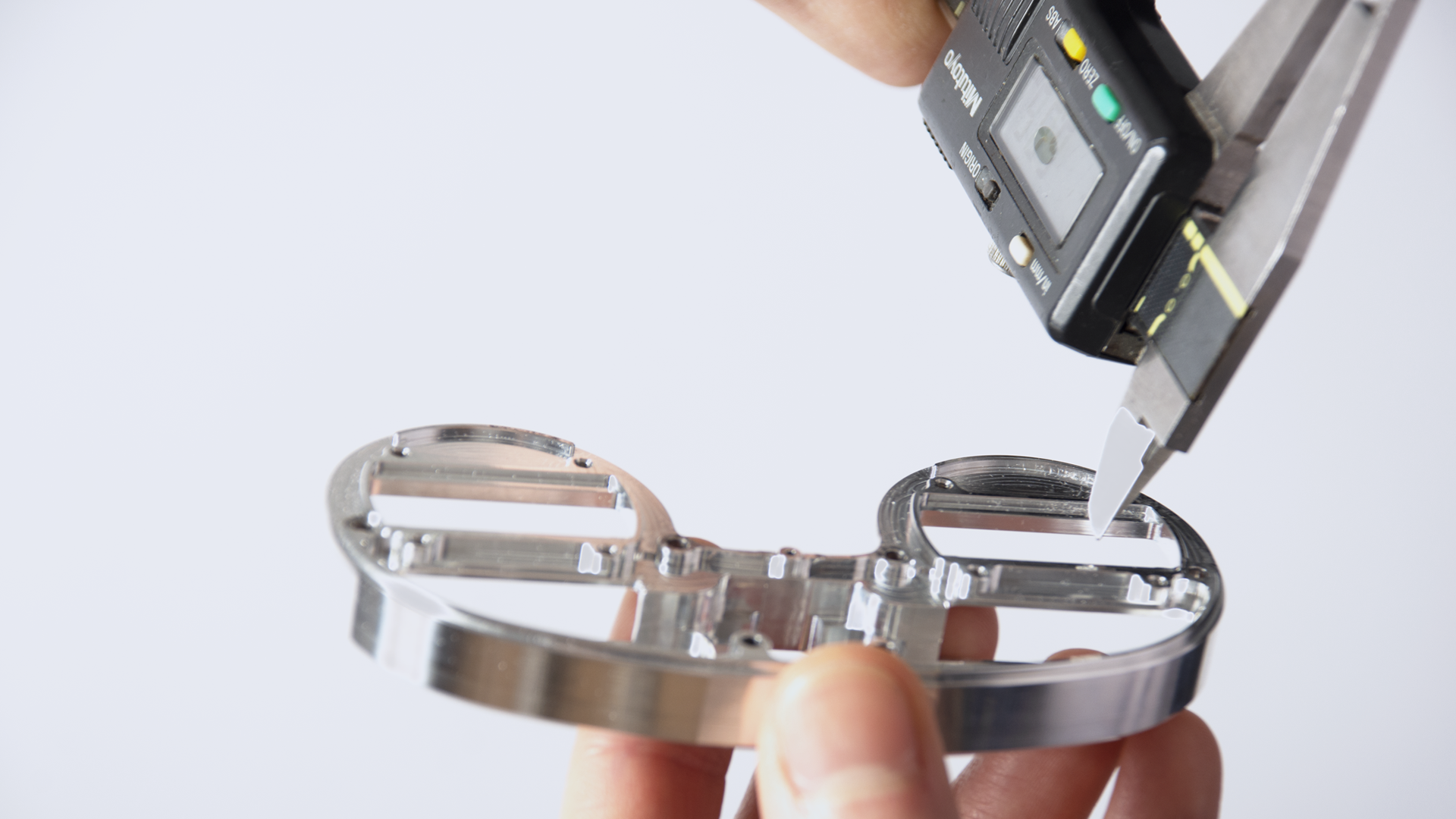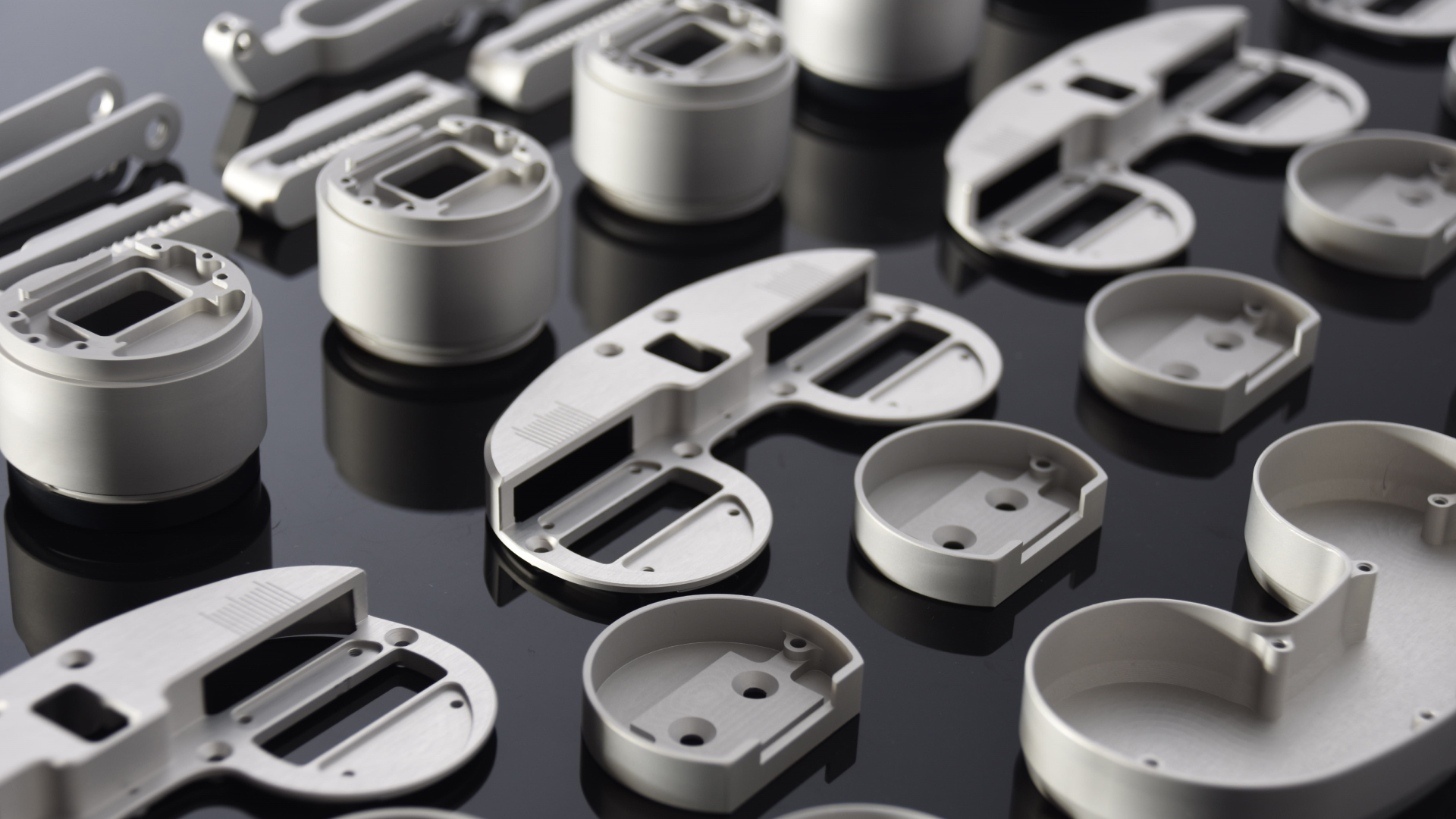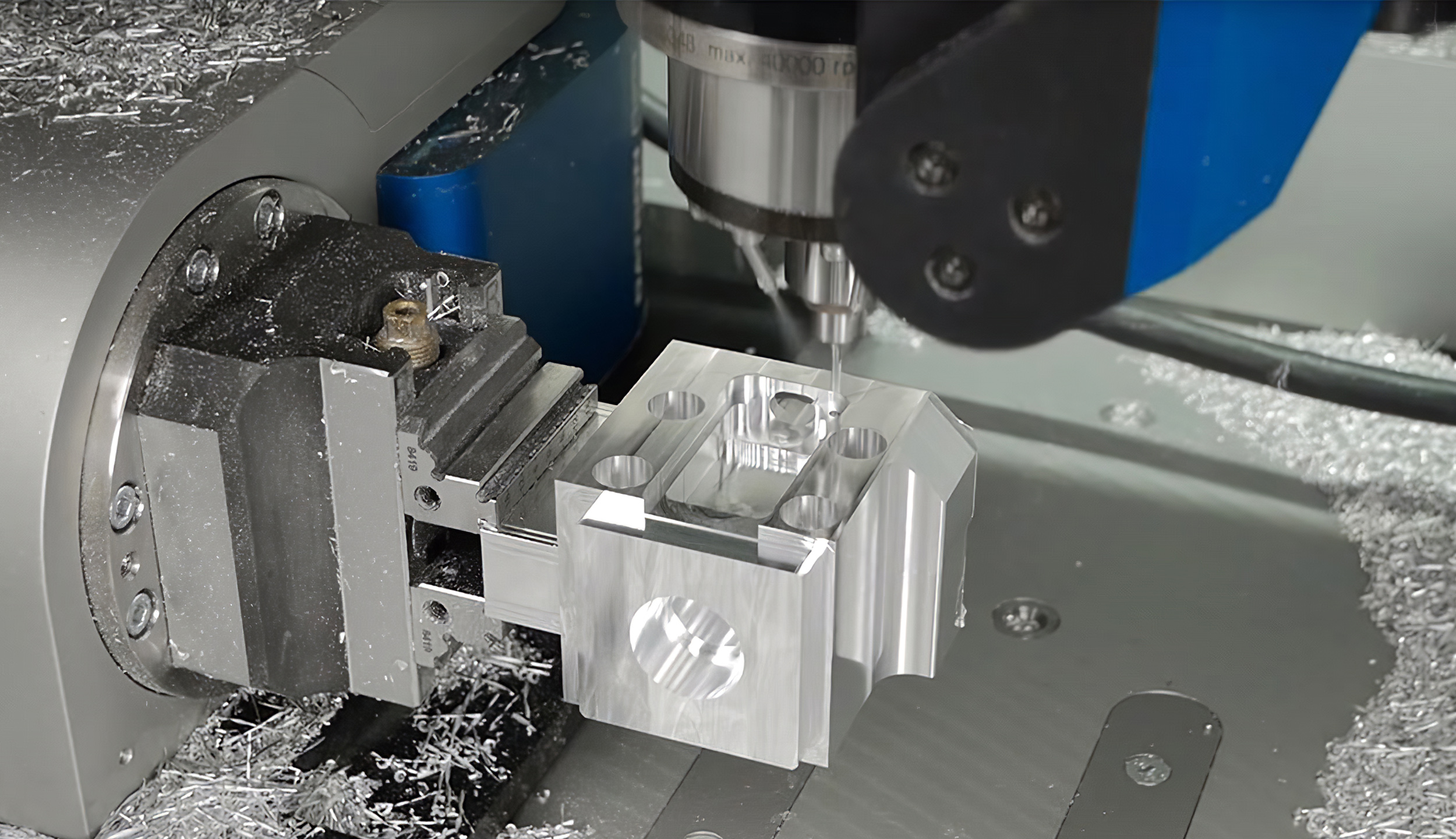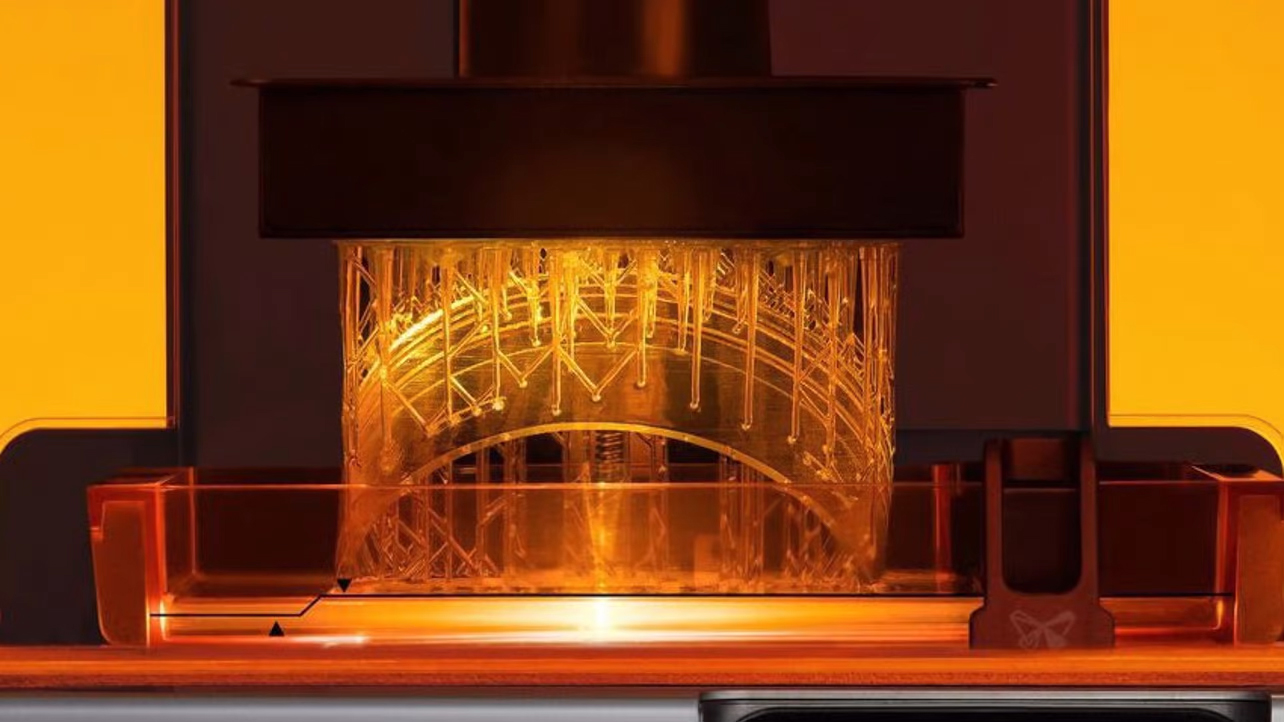How to Build a Production Prototype

A production prototype is the almost finished product used for testing and validation before mass production. It’s key to finding and fixing issues early and saving time and money.
Table of Contents
Summary
- Production prototypes are key to validating design, finding issues early and a smoother transition to mass production.
- Initial design review, material selection and manufacturing process selection are the key steps to building an effective production prototype.
- Testing, user feedback and regulatory compliance are critical to refining production prototypes and meeting market requirements.
What is a Production Prototype

A production prototype is a physical representation of your design before it goes into mass production, it’s a critical tool in product development. This physical prototype allows for thorough testing and validation, to ensure the design meets the user needs and works as intended. During this stage issues can be found and fixed, saving time and money.
A production prototype has multiple roles. It’s a bridge between the concept and the final product, a platform for advanced testing and validation. Building prototypes early in the development process allows for gathering feedback and making adjustments, to a more refined and market ready product.
Production Prototype Characteristics
Production prototypes are designed to look and feel like the final product. This means they are often made from the same materials as the finished product, to test the design and performance. Alternative materials are used in the prototyping stage to be flexible and cost effective while still achieving the desired characteristics.
These prototypes are key to moving from design to mass production. They must work like the final product during testing so any issues found can be fixed before scaling up production. This stage is critical to keep the product design integrity and ensure it meets all the requirements and standards.
Production vs Pre-Production Prototypes
While both production and pre-production prototypes are critical in the development process, they serve different purposes. A pre-production prototype is used for thorough testing and inspection before mass production starts. These prototypes find and fix any issues that will impact the final product performance, to ensure it meets all the requirements and specifications.
A production prototype is more focused on validating the final design. They are more expensive as they use high quality materials and precise manufacturing process. But the cost is justified as they provide a more accurate representation of the final product, to ensure a smoother transition to mass production.
How to Build a Production Prototype

Building a production prototype involves several key steps, each to ensure the final product is functional and market-ready. The product development process starts with an initial design review, then material selection and finally manufacturing process selection. Proper planning and preparation is key to moving from prototype to mass production.
Product design readiness means optimising for manufacturability and quality at scale. Following a structured approach will create prototypes that are a true representation of the final product, to test and validate before full-scale production.
Initial Design Review
The initial design review is to confirm and freeze the product design so the team can focus on manufacturing and testing early on. This stage often requires multiple iterations, research shows it can take up to 50 design revisions to get it right. Cheap materials for initial prototypes can help find issues without committing too much budget.
Including regulatory requirements early in the prototype development process ensures compliance and avoids surprises later. Exclude initial proof-of-concept prototypes that are just look-alike or work-alike when considering designs for final prototypes.
Material Selection
Selecting the right production materials is key to building production prototypes. These materials must be a true representation of the final product and meet all the functional requirements. Using the same materials in prototypes and final product will find issues early on and ensure a smoother transition to mass production.
Different plastics can be used for prototype injection moulding, so designers can choose materials based on mechanical properties. Regular material evaluation is important as product specifications change and impact functionality and cost of production.
Manufacturing Process
Selecting the right manufacturing process will make production prototypes functional and manufacturable. For example 3D printing allows rapid prototyping and quick iteration, but components must be manufacturable by conventional process.
CNC machining is fast and precise, good for small batch production. CNC machines are programmable, can do complex geometries and repeatable precision in prototype manufacturing. Order smaller batch during prototyping can save significant cost in overall manufacturing.
To calculate the true cost of prototyping you need to consider the full cost of prototyping
Prototyping Methods and Tools

There are various methods and tools to build production prototypes and sample prototypes, each with pros and cons. Real life examples will provide valuable insights and show you how to succeed.
For example a consumer electronics company used 3D printing to build and test prototypes, so they could make changes before launching to mass production. An automotive parts manufacturer focused on building reliable prototypes, prioritised accuracy and consistency in production process.
3D Printing in Production Prototyping
3D printing has changed the prototyping process by allowing rapid prototyping and quick iteration, making the design process easier. Common materials used for 3D printing for prototypes are plastic, rubber and nylon. But a risk of using 3D printing for prototypes is not being able to manufacture in volume, often requires re-design.
A medical device company used high resolution SLA printing for production prototypes, to meet industry standards. Before a big production run, a few units can be built and tested using 3D printing.
CNC for Precision
CNC machining is good for making precise components, so good for prototypes that require exact dimensions. CNC machines can achieve precision with tolerance as tight as ±0.01mm, good for industries that require exact specifications.
Unlike 3D printing, CNC machining generates less material waste as it removes material rather than adding layers.
Injection Moulding for Final Testing
Injection moulding is good for production prototypes as it’s efficient and can produce high quality parts. Injection moulding produces parts that are very close to the final product, so good for validating design and functionality. But the injection moulding process can produce minor defects like warping or flow lines that can affect the quality of the prototype.
This is good for production prototypes that need to be tested thoroughly and look and function like the final product. By using injection moulding, designers can make sure their prototypes are ready for mass production and meet all the requirements and standards.
Testing and Refining Your Production Prototype

Testing and refining the production prototype will ensure the final product meets all the required standards and specifications. Automotive parts manufacturer for example follow a strict testing protocol during prototype development to ensure reliability and performance in their final product. This is an iterative process of testing and refinement based on real life applications.
Production prototypes often show how important validation and understanding of manufacturing requirements is to avoid costly mistakes. Testing and refining prototypes will allow you to identify and fix issues before full production and ensure a smoother transition and higher quality final product.
Functional Testing
Functional testing will identify usability issues and verify the prototype works as intended. Implementing quality checks at various stages of production will maintain product standards. Medical device manufacturer for example focus on compliance during prototype development to meet strict regulatory standards before moving to full production.
Many hardware startups don’t verify their design before mass production and only find out later that their initial concept is not feasible. By doing functional testing you can make sure your prototype meets all the requirements and is ready for the next stage of development.
User Experience Evaluation
User experience evaluation will collect feedback from potential users to improve the design and functionality of the prototype. Collecting and analyzing user feedback regularly will allow iterative refinement to ensure the prototype meets user expectation.
A consumer electronics company moved their prototype to mass production by focusing on user feedback during development and improved the product design by 50%.
Iterative Refinement
Iterative refinement will refine the prototype, often requires multiple design revisions based on testing feedback. A consumer electronics company uses iterative testing throughout development to refine their prototypes before mass production. This is especially important in industries like medical device development where safety and compliance is key.
Feedback from testing phase is critical to make final adjustment to the product design. This continuous loop of testing and refinement will ensure the final prototype is optimised for performance, functionality and user satisfaction.
Cost in Production Prototyping
Cost is critical in production prototyping. Prototypes can cost 50-100 times more than the final mass produced product. This is because of no high volume discount and use of special material and manufacturing process. But prototyping will save time and money in the long run by identifying and fixing the issue early.
The typical duration to develop a product prototype is 6 months to 2 years and can be up to 3 to 5 years for medical device. The duration is depend on product complexity, industry type and certification requirement. Good budgeting and cost management will keep the project on track and within budget.
Budgeting for Raw Materials
Budgeting for raw materials will manage cost in production prototyping. A Bill of Materials (BOM) will ensure all the materials, quantity and cost are accounted during budgeting. Using prototype injection moulds made from soft material will reduce cost but still effective for testing.
Minimizing material cost can be done by ordering only what is needed, so no excess inventory. Material price fluctuation will require adjustment in budget and resource allocation during prototyping phase.
A detailed BOM will ensure smooth procurement and production process, help with budgeting.
Manufacturing Cost
Managing material cost may involve negotiating with suppliers for bulk purchase. Injection moulding can produce low volume production prototype, a cost effective way to test the design before mass production. Good financial management will keep prototyping within budget and profitable.
Negotiate with suppliers will get better pricing, help to control overall production cost. Track material cost accurately will help to identify where to reduce cost.
Return on Investment
Evaluate the profitability of the prototype before moving to full production. Evaluate the ROI of the production prototype will determine the cost effectiveness. This involves market research, product performance analysis and present to potential investor to get funding for mass production.
Return on Investment
Evaluate the profitability of the prototype before moving to full production. Evaluate the ROI of the production prototype will determine the cost effectiveness. This involves market research, product performance analysis and present to potential investor to get funding for mass production.
Final Design
Pre-production testing is the last step before manufacturing the product. This is critical for quality and functionality. If final prototype sample pass testing and inspection, they will be sold. Once everything is working in pre-production testing, certification and regulatory hurdle will start.
Final design will focus on manufacturability to avoid problem during mass production. Typical quantity of final prototype requested by customer before tooling is 10 to 50.
Production Line Setup
Concurrent engineering will minimize risk and speed up time to market. Advance preparation is key to a smooth roll out of new product during manufacturing. This involves setting up the production line, ensure all equipment and process is in place and train staff to maintain high quality and efficiency.
Quality Control
Quality control is important to ensure the production prototype meet all the required standard before mass production. Functional testing will verify the production prototype performance to detect any flaw or operational issue. User experience testing will gather critical feedback from potential customer which can guide the refinement to improve the overall product quality.
Iterative improvement based on testing feedback will refine the engineering prototype, ensure consistency and quality in mass production. Final design will be needed to integrate the result of testing and user testing into the production prototype.
Setup the production line correctly is key to quality control during mass production.
Conclusion
Creating a production prototype is a complex but fun process. By understanding the production prototype characteristic, follow the process, use the right technique and tool, you can get your product ready for mass production. Testing and refinement is crucial to identify and fix the issue, ensure the final product meet all the required standard and specification.
This article has covered the production prototyping process from design review to quality control. By applying this knowledge, you can navigate the product development and bring your idea to life. Remember, a good prototype is the foundation of a successful product launch and market entry.
View more of our Product Development Services
If you would like to hear more on how we can improve the quality of your products or help with your product development, please contact Bluefrog Design at mail@bluefrogdesign.co.uk
FAQ’s
What is the difference between production prototype and pre-production prototype?
The main difference is production prototype validate the final design through advanced testing, while pre-production prototype is tested and inspected before mass production.
Why prototype is more expensive than mass produced product?
Prototype is more expensive than mass produced product because they don’t get the volume discount and often require special material and process. This means higher cost per unit.
What are the benefit of 3D printing for production prototype?
Using 3D printing for production prototype will speed up the process by rapid prototyping and quick iteration, so design process can be accelerated and small batch testing before larger production commitment.
How important is user feedback in the prototype process?
User feedback is critical in the prototype process, as it will improve the design and functionality, so the final product will meet user expectation and market need.
What to consider when choosing production material for prototype?
Choose material that mimic the final product and meet the functional requirement, so you can catch the issue early and transition to mass production smoothly.
Ready to get started on a project?
Socials



